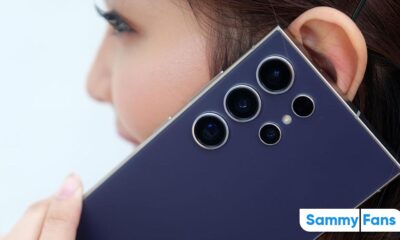Technology
Satellite Connectivity: What is it and why it is important for your phone
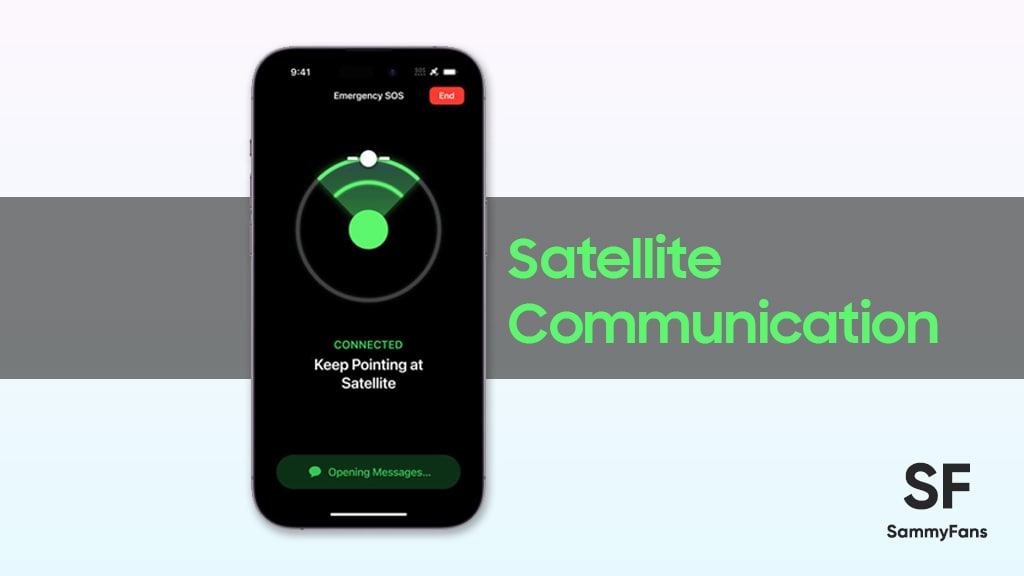
Imagine this: You’re setting out on an adventure into the wilderness, miles away from the nearest cell tower when suddenly things go south. Or you’re in an area hit by a natural disaster where the usual phone networks are down. That’s when your smartphone with satellite connectivity, becomes more than just a phone; it turns into your lifeline, a light in the dark, when everything else fails.
What is Satellite Connectivity?
Satellite connectivity allows your smartphone to communicate directly with satellites in Earth’s orbit when you’re out of the reach of cell networks.
Think of it like this: when you’re too far out for your phone to catch any signal, satellite connectivity kicks in. Your phone turns into a tiny satellite station all on its own. It will send your messages or calls to a satellite way up in space, and that satellite passes it along, keeping you connected when you’re literally off the grid.
How Does It Work?
When you’re in an area with no cellular service, your smartphone can switch to satellite mode. Here’s what happens:
- Direct Connection: Your phone sends a signal directly up to a satellite in the sky. This means you need to have a good view of the sky – no tall buildings or dense forests in the way. That’s why this tech is a real game-changer when you’re out in the wide open, far from civilization.
- Signal Relay: Once your phone’s signal reaches the satellite, it gets bounced back down to a ground station. This station is like a bridge; it links up with the regular phone network or the internet. So, you can send a text or, in some cases, even make calls.
Eligible Devices
As of now, not all smartphones support satellite connectivity. The following smartphones are known to support satellite connectivity:
Apple iPhone Series:
- iPhone 14 and later models (including all variants like Pro and Pro Max). These models support emergency SOS via satellite.
Huawei:
- Huawei Mate 60 Pro, which allows for satellite calls.
Samsung:
- There are no officially confirmed Galaxy devices eligible for this feature. Samsung is currently working on adding satellite connectivity, potentially starting with the Galaxy S25, as per reports.
Google Pixel:
- Google Pixel 9 supports satellite connectivity, known as Satellite SOS. This Pixel 9 series, including the Pixel 9, Pixel 9 Pro, Pixel 9 Pro XL, and Pixel 9 Pro Fold support this.
Android Devices with Specific Chipsets:
- Devices equipped with the Snapdragon 8 Gen 2 processor and possibly later versions were expected to offer two-way satellite messaging.
Features
- Emergency SOS: It allows users to send distress signals or share location with emergency services.
- Text Messaging: Beyond emergencies, some services allow for regular text messaging, though this might come with a subscription or per-message fee after an initial free period.
- Subscription Models: Initially, Apple offers emergency services for free, but for broader use, like messaging or data, there could be charges. The US network carrier, T-Mobile, is looking into how they can mix this satellite magic into their regular plans.
Wider Rollout:
The rollout is in progress, with companies like Apple, Google, and SpaceX’s Starlink working to make this technology more accessible. Starlink’s partnership with T-Mobile hints at a future where even data services could be available, turning remote dead zones into areas of connectivity.

Satellite connectivity in phones isn’t just cool tech; it’s a big step towards making sure everyone can communicate, no matter where they are. As it gets better, expect it to be cheaper, in more phones, and easier to use. Right now, it’s great for emergencies, but soon, you might be able to chat or send messages from anywhere on Earth, even in the most remote places.
Samsung
A tech lover’s journey with the Samsung Galaxy Z Fold4: A tale of disappointment
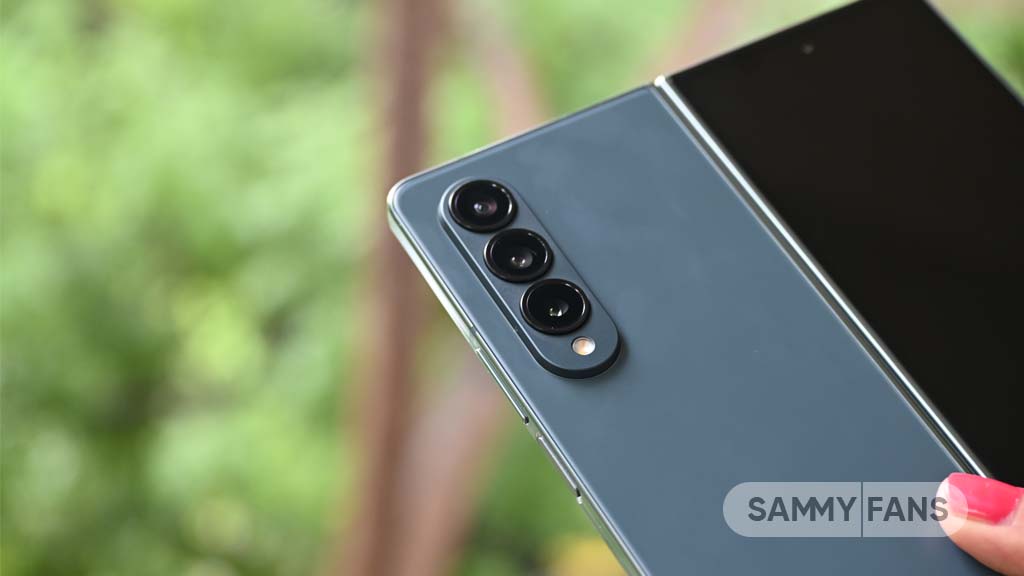
I have been a huge fan of technology, always eager to explore the latest electronic gadgets including smartphones, headphones, laptops, and several others. I have owned the Samsung Galaxy Z Fold4 5G for two years now, using it as my secondary phone for the last year.
I have always treated it carefully, so you can imagine my situation when I noticed a small black dot on the inner screen of the fold. It wasn’t long before the entire inner display stopped working, while at the same time, the outside screen remained just fine.
This has been quite a setback for me, particularly because I paid over $2000. You expect something that expensive to last, right? But here I am, with a phone where the main feature—the folding screen—is dead. Samsung wants around $650 to fix it, which seems a lot, especially since the phone itself is now only worth around $800-900 if I go for the trade-in. This questions how well these expensive foldable phones hold their value over time.
What’s even more frustrating is not knowing why the screen failed. After using various Samsung foldable phones over the years, this issue makes me think twice about the reliability of the foldable. It’s not just about my experience; it’s a concern for anyone interested in foldable technology.
I am highlighting a difference between Samsung’s marketing narrative, where the company positions itself as a leader in innovation and customer service and the experience with its products. The failure of the Samsung Galaxy Z Fold4’s inner display questions whether Samsung truly stands by its products when the product faces issues.
By sharing my experience here, I want to inform other buyers like me about the potential pitfalls of purchasing such high-end tech. I also want to influence Samsung to reconsider its approach to customer service and product reliability by bringing attention to these issues.
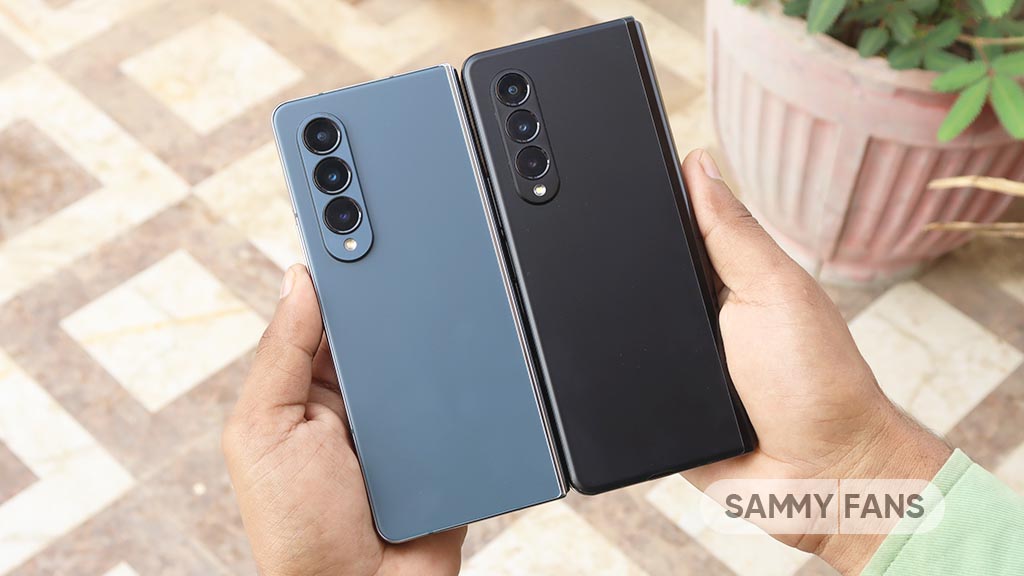
Despite being excited about the concept of foldable phones, especially the easy multitasking feature (my favorite), this negative experience has led to hesitation (or doubt in my case) about future purchases.
I hope Samsung will recognize these customer experiences and attempt to address such issues, either through improved product design, enhanced customer support, or more transparent communication about product limitations or potential issues.
These sudden breakdowns are damaging Samsung’s foldable phones’ reputation and might make potential buyers think twice before getting one.
Disclaimer
I have reviewed all Samsung Galaxy Z Fold and Flip devices launched to date. I will share more information on my X account. You can connect me there.
Technology
Samsung phones might use TSMC-made Exynos chip

Samsung Galaxy S25 series could not use Exynos 2500 due to yield concerns. A new rumor suggests that Samsung could manufacture a future Exynos chip using a TSMC process node. It’s a very wild input, rendering fans in a head-scratching situation.
Tipster Jukanlosreve claimed that Samsung is “considering” manufacturing Exynos with TSMC. The revelation appears at a time when we are nearing to the potential Galaxy S25 series unveiling early next year.
Recently, it was reported that TSMC’s 3nm yield rate is above 80%. It’s a stable yield rate, with rumors citing the rate is peaking up to 90%. Usually, chip manufacturers target a 70-75% yield rate to conduct mass production of chipsets.
TSMC is the biggest rival of Samsung Foundry business. Over the years, the Taiwanese firm widened the gap with its Korean counterpart. It has plenty of major clients including Apple, Qualcomm, MediaTek and Google.
Until the Pixel 9’s Tensor, Samsung has produced Google’s chipsets. However, the Pixel maker switched its production partner, taking TSMC in. The planned 3nm Exynos 2500 is also reportedly canceled due to extremely low yield.
Samsung + TSMC: Is it possible?
An alliance between Samsung and TSMC is not impossible, it could indeed be materialized. Samsung’s System LSI business designs Exynos for Galaxy devices. Samsung Foundry is responsible for the fabrication of mobile platforms.
Silicon manufactured using the TSMC process is way better than Samsung Foundry-made products. TSMC chips offer better performance and decent power efficiency, as well as lower overheating concerns than Samsung Foundry.
We’ve heard Samsung’s plan to spin off its Foundry division in the next three to five years. Until the Samsung Foundry reaches an adequate level of yield rate and manufacturing advancements, System LSI can ink a deal with TSMC.
Technology
Is Samsung’s Galaxy Watch skipping out on Apple’s LTPO OLED advantage?

After the Watch 10 series launch last month, the smartwatch market is buzzing with excitement for the upcoming Apple Watch 11. Reports indicate that Samsung plans to work with Apple on developing LTPO OLED technology for the new watch, while the Galaxy Watch seems to be falling behind in adopting this technology.
Apple first introduced LTPO OLED technology in its Apple Watch series with the Watch 4 and has made improvements since then. Released in 2023, the Apple Watch Ultra 2 uses LTPO2. Now, the latest LTPO3 is available in the Apple Watch 10 series.
In addition to the Apple Watch, both the Pixel Watch 2 and OPPO Watch 2 also feature LTPO displays. However, it remains uncertain whether Samsung will adopt LTPO technology for its Galaxy Watch models.

Samsung Display has been a leader in the OLED market and has previously supplied displays for Apple products, including the Apple Watch. However, Samsung is currently focusing on its Galaxy Watch line, which uses Super AMOLED displays. These displays are colorful and perform well, they don’t offer the same power savings as LTPO technology.
The Korean tech giant has been successful with this approach in the smartwatch market but it hasn’t yet adopted the new LTPO technology for its watches. Still, Samsung is expected to participate in future developments for Apple’s upcoming watch model, the Apple Watch 11 series.
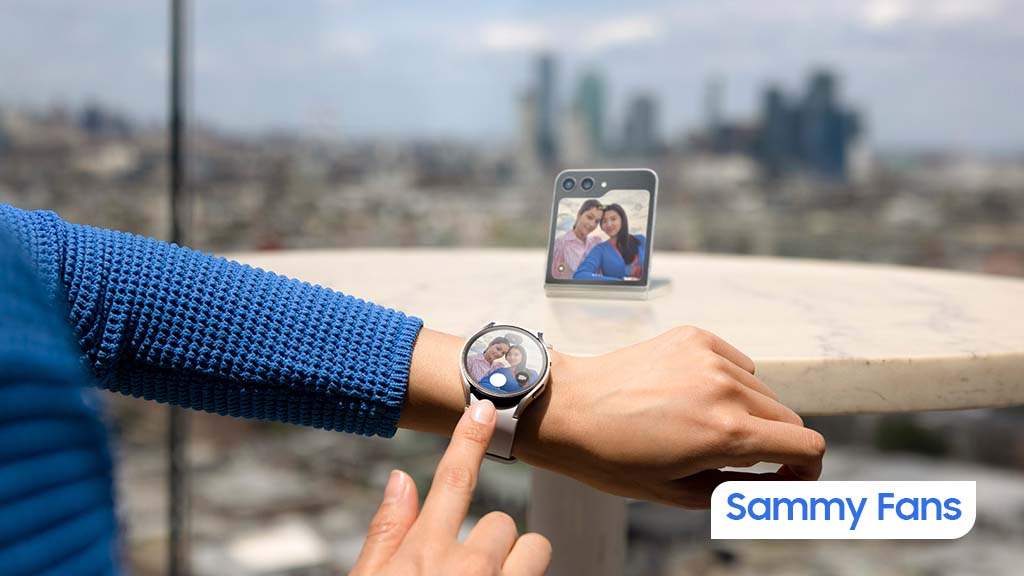
Notably, LTPO stands for low-temperature polycrystalline oxide, a technology that combines oxides with low-temperature polycrystalline silicon. LTPS provides fast responses to make displays quick to react, while oxide TFTs are more energy-efficient. By blending these two technologies, LTPO helps reduce power use, which can extend battery life.
Despite plans to provide LTPO OLED to Apple, Samsung currently has no plans to apply this technology to the Galaxy Watch. This means that the Galaxy Watch will miss out on the benefits of advancements in LTPO OLED technology. Stay tuned for more updates.
Apple iPhone 17’s LTPO upgrade is double-edged sword for Samsung





